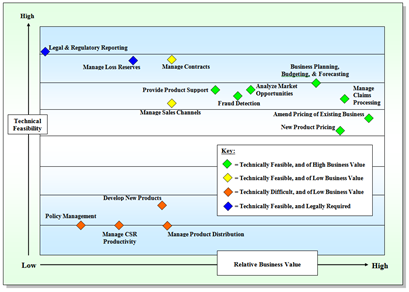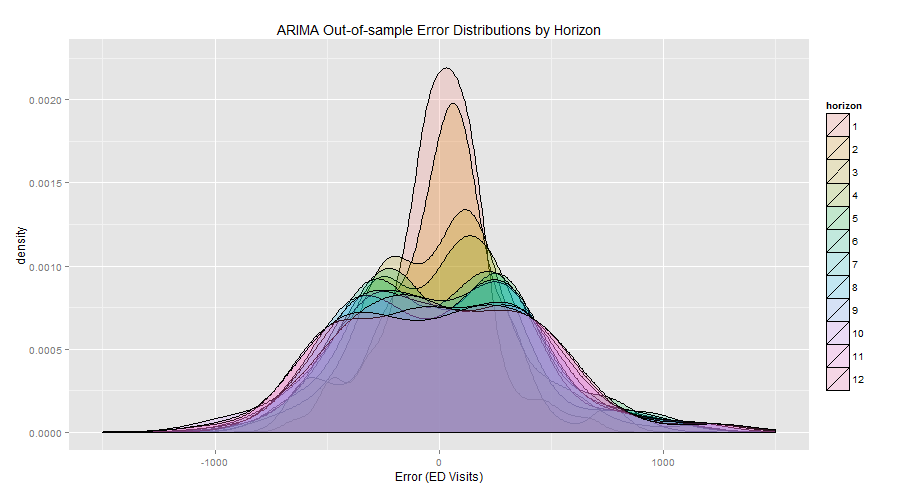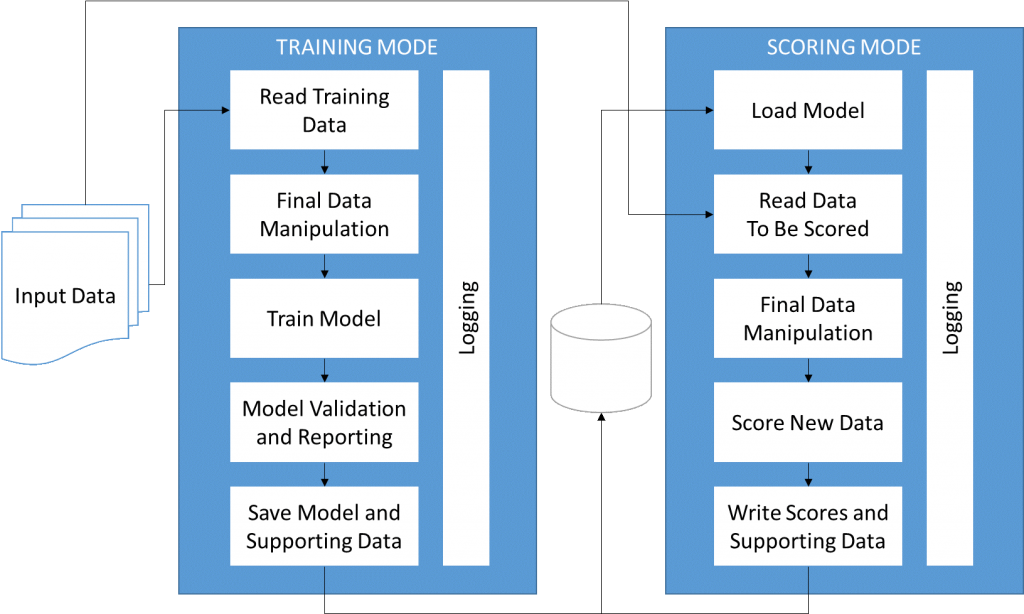At the time of this blog post, the world is coming to grips with the outbreak of the Coronavirus, but the value in deploying analytics efficiently goes well beyond Spring-Summer 2020, the ability to deploy predictive analytics is incredibly valuable.
This post features projects from our sister company, Mosaic Data Science. The same principles of deploying predictive analytics efficiently are valuable for any aviation operation.
This post builds off a previous blog, Combat Supply Chain Disruptions with Data Science.
More than just Science Projects
At the time of this writing, the World is currently dealing with the adverse effects of a global pandemic. Businesses are having to rethink operating models, consumer engagement and working environments. Despite the shift in day-to-day life, businesses are responding and adjusting to the outbreak in a myriad of ways.
Grocery stores & online retailers are a great example to examine. The companies who have embraced digital transformation (e.g., implemented curbside pick-up, delivery, & online shopping) are not only taking market share but are heralded in the media as being innovative & problem solvers. Video conference providers need to deploy analytics to handle demand surges. Healthcare providers need to understand the risks of deferring certain procedures until post-pandemic. As consumers ourselves, supplying necessities to our families, we turn to businesses able to meet our quarantined needs. These firms have embraced experimentation, innovation, and analytics to develop these engagement models.
According to Gartner, 85% of businesses are still relatively immature in adopting analytics into their workflow. Companies who have resisted the wave of digital transformation are not only at a significant disadvantage of losing customers, but they are at extreme risk of closing their doors during a quarantine because they refuse to rethink operating models and leverage data and analytics to inform adaptations.
Access to data is no longer an excuse, as we discussed in a previous blog post. Compute power and open-source tools like R & Python offer businesses the power to apply machine learning & artificial intelligence to answer questions, solve problems, and build consumer confidence.
In the following post, we will examine two important concepts in the analytics project lifecycle: speed to value and operationalizing the outputs. Data analytics can deliver actionable insights incredibly quickly, and even if executives aren’t familiar with techniques, machine learning & predictive analytics can drive insights from data streams within weeks, not years.
In order to see the cost cutting & ROI benefits of data science, businesses need to implement and operate on the insights they have learned. A fully automated alerting system is an appropriate long-term goal, but even in the short-term and especially in a time of disruption, users can achieve profound benefits through when they receive a manual push of insights. The ability to deploy predictive analytics is predicated on the ability to move fast.
Speed to Value with Analytics
The volume and variety of the data your organization holds or accesses today is greater than it was just last year. Next year it will be even greater still. As these resources grow so do the opportunities to draw deeper, more actionable insights about customers, internal processes and competition. In many cases, ageing technical architecture and methodologies are holding firms back from seizing on these opportunities. Being able to respond to a changing world as it changes is increasingly valuable, especially in fortifying your business during a disruption.
We see many firms not executing properly on analytics for several reasons, but some fear a drawn out, multi-year R&D effort. This risk is compounded by the initial enthusiasm of introducing the possibilities of analytics to stakeholders. It is tempting to boil the ocean, but this will bog down data scientists. Instead start with a use case prioritization effort, brainstorm business problems with representatives from all lines of the business and what it would take to solve them – including questions to ask, data needed to answer, and resources required to discover insights.

How does this process change during disruptions?
Most businesses have likely started to see a shift in engagement and need to respond quickly. Compressing the time needed to prioritize these new business questions, i.e., ‘how do we facilitate an online shopping program using pricing & promotions during a quarantine?’, is critical.
Companies need to have data scientists to answer these questions, and top flight data scientists can be rented from Mosaic. Diagnostic analysis techniques such as anomaly identification and principal component analysis are great tools to quickly summarize a dataset. Correlation and visualizations can also be utilized to identify opportunities that warrant future analysis.
Working in conjunction with subject matter experts, data scientists can swiftly apply statistical tools and uncover emerging trends. This is extremely valuable for companies trying to operate in a disruption. Not only will executives have an accurate representation of their present situation, but new products & services can be devised from these insights.
In most of our projects Mosaic can run extensive exploratory data analyses in a matter of two-three weeks. Not only do we deliver visualizations, trends, correlations, and summaries, we can quickly prototype various algorithms to diagnose underlying factors and quickly move towards predicting and prescribing actions. This sort of quick analysis will be extremely valuable to companies as they try to understand this new business climate.
Evaluating Multiple Predictive Models in 4-5 Weeks
Mosaic was able to work with a hospital customer to prototype several predictive approaches to combating ICU saturation events in which there were insufficient beds to meet patient demand. Mosaic tested over 25 different predictive modeling formulations with an eye towards the most accurate formulation. In the image below, we graphed accuracy error in lookahead horizons, visualizing which forecasts produced the most accurate number of visits. This forecasting exercise confirmed and quantified a key insight to hospital executives: seasonality had a large impact on Emergency Department visits.

Mosaic was able to spin up quickly on this project, moving from kickoff to model prototyping in four weeks. This is very representative of the speed to value you can expect when working with Mosaic. We were able to bring forecasting techniques used in various domains to fit this problem. The hospital customer used these insights to inform staffing decisions, improving the care delivered by healthcare professionals. These are the types of quick hit wins Mosaic can deliver to you.
Operationalizing Analytics
If a company follows the steps outlined above, there is a high likelihood they will drive insights from their data. However, acting on that data & informing operational decisions is something different entirely. Disruptions such as this current pandemic, as bad as they might be, do offer businesses an opportunity to move away from tribal knowledge, i.e., ‘we have done it this way for the past 20 years, why change?’ to ‘I had groceries delivered to my house from Company XYZ, how do we get there?’ The ability to deploy predictive analytics is as critical as ever.
Scaling to the level of adoption is still a challenge we frequently see. Teams need a repeatable, effective, efficient process for creating & deploying analytics models into production. A collaborative environment and shared framework for problem definition is critical to keeping the analysis grounded in solving problems. A repeatable process for developing dozens or even thousands of prototype models is needed, as is a reliable architecture for deploying and managing predictive analytic models in production systems.
Effectively combining a Decision Management approach with a modern analytics platform can help facilitate speed to insight and adoption. Human factors engineering and design thinking techniques should also be considered when analytics are used in changing the way decisions are made.
Once again, this seems quite daunting when you are trying to quickly deliver ‘quick win’ projects. The principles behind these processes are more achievable than one might think. A fully baked solution is something businesses should explore, but wouldn’t it be good to test this process out before potentially spending millions in platform licenses? Also, there is a good chance you can use existing infrastructure to alert decision makers. A multi-year, complex implementation is not always needed to deploy predictive analytics.
Deploy Predictive Analytics to Identify and Score Thousands of At-Risk Product Shipments in 4-5 Weeks
Mosaic was contacted to help a leading manufacturer & distributor of a diverse set of household products. The company had built a prediction model to identify product shipments at risk of being late to retail customers. The CPG company pays expensive fines for shipments arriving late, and the model was expected to deliver results directly to their bottom line.
The supply chain executives were stuck in deploying the regression-based model to decision makers. It became clear quickly the model architecture needed to be modular enough that the forecasting model could be refreshed and easily upgraded in the future. The customer had existing infrastructure they were not leveraging properly to push the insights out. Mosaic was able to help them get thousands of data-driven insights in the hands of decision makers in 4-5 weeks.
Mosaic created a modular architecture for the predictive platform that can be run in two modes: a training mode that takes a model specification and a historical dataset as inputs and returns a trained model, and a scoring mode that takes a trained model and current data snapshot as inputs and returns a risk score (probability of late delivery) for each currently scheduled delivery. These output predictions could be viewed in a dashboard along with other information about in-progress or scheduled shipments so that high-risk shipments could be prioritized for action. The image below shows the model architecture.

Extracting insights from data is easy (sometimes); making those insights actionable, particularly in an automated system, can be difficult if you have limited experience doing so. These challenges are compounded when the analytics solutions are intended to integrate with existing enterprise technology. It is no surprise, then, that many companies come to Mosaic after spending significant effort developing state-of-the-art machine learning models that they are unable to use.
By involving software development principles throughout the machine learning model development pipeline, Mosaic helps clients effectively navigate data integration hurdles and put successful analytics solutions in motion in a matter of weeks.
Inertia is not going to cut it
Operating in today’s conditions requires creative thinking, agile decision making and embracing change. Data science & analytics can support all of these disciplines. If you are looking for a partner who can quickly uncover data driven insights, recommend ROI-driven actions, and deploy predictive analytics, then you have come to the right place.


